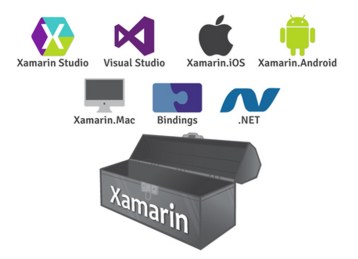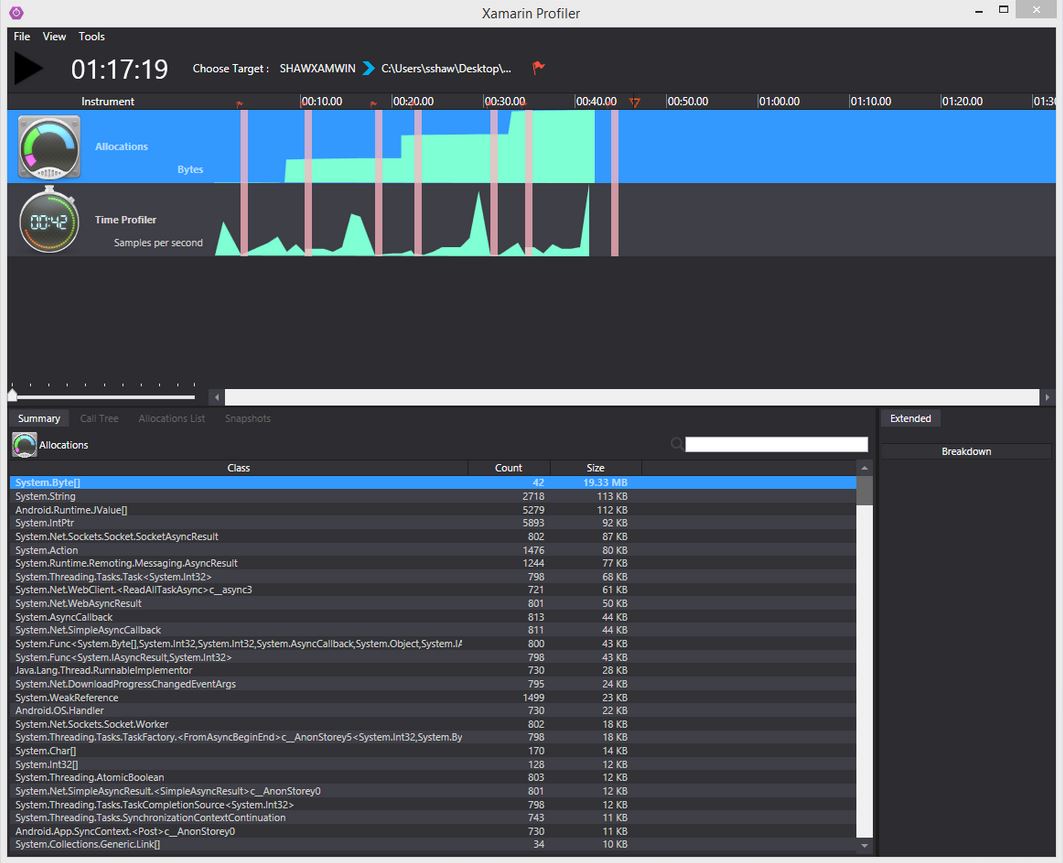
- #XAMARIN STUDIO LATEST VERSION INSTALL#
- #XAMARIN STUDIO LATEST VERSION UPDATE#
- #XAMARIN STUDIO LATEST VERSION MANUAL#
If it is older, click on the Updates list to download the latest version. and click on the Installed list to check that the NuGet Package Manager for Visual Studio is at least version 2.8.5.
#XAMARIN STUDIO LATEST VERSION INSTALL#
Older versions of NuGet in Visual Studio will not correctly install the Unified version of Xamarin.Forms 1.3.1. If you are using Visual Studio, ensure the latest version of the NuGet Package Manager is installed.
#XAMARIN STUDIO LATEST VERSION UPDATE#
It is recommended that you delete and re-add the Xamarin.Forms NuGet package to update to version 1.3. Update Xamarin.Forms to 1.3.1 pre-release using the NuGet Package Manager for all projects in the solution: PCL (if present), iOS, Android, and Windows Phone. These steps are explained below: 2.1 Update NuGet in all Projects
#XAMARIN STUDIO LATEST VERSION MANUAL#
If you have added additional iOS native code (such as custom renderers or dependency services) you may need to perform additional manual code fixes. These steps are explained in more detail in the Unified API docs.


Install the Xamarin.Forms 1.3.1 NuGet package. Update the entire solution to Xamarin.Forms version 1.3. Update iOS native APIs as outlined in the instructions to update iOS apps (specifically in custom renderer or dependency service code). Use the migration tool to automatically update the project.


Migrate the iOS app to the Unified API using Visual Studio for Mac's build in migration tool. This means that in addition to updating the iOS project for Unified support, you'll also need to edit code in all the projects in the solution. Because Xamarin.Forms 1.3.1 is the first release that supports the Unified API, the entire solution should be updated to use the latest version at the same time as migrating the iOS app to Unified.


 0 kommentar(er)
0 kommentar(er)
